
TARGET 120328
Fort Steuben Bridge Demolition
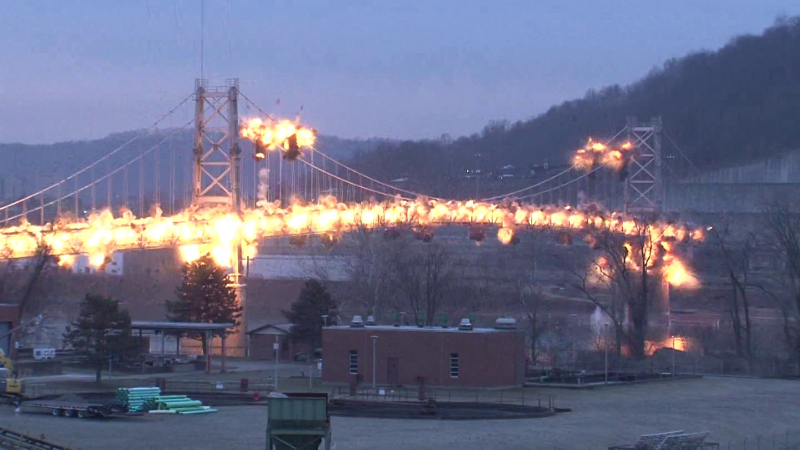
The Fort Steuben Bridge linked the communities of Steubenville, Ohio, and
Weirton, West Virginia for 84 years. On the morning of Feburary 21, 2012,
it went down like a sack of flaming potatoes.After months of planning and preparation, it took a company called Controlled Demolition, Inc (CDI) just seconds to turn the Fort Steuben Bridge into rubble. The bridge was imploded as scheduled at 7:15 a.m. Tuesday, Feb 21, 2012 8:30 PM GST.
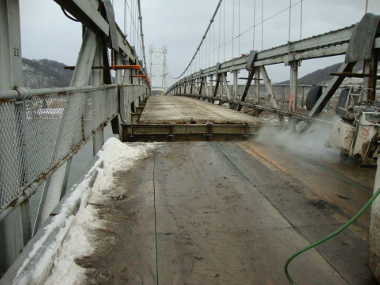
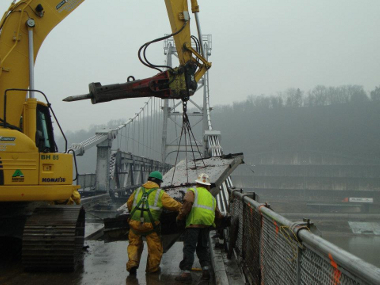
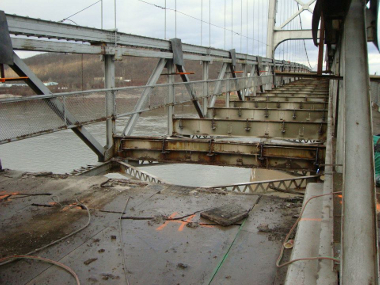
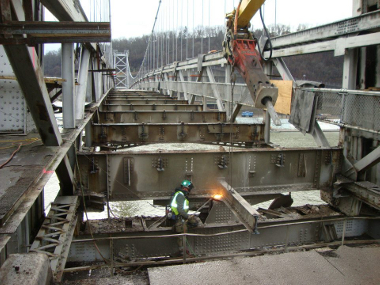
In preparation for the demolition, Controlled Demolition, Inc. worked for several months to first remove the roadway, then to cut the ends off of the bridge in order to be certain that when the demolition came, it would be impossible for anyone to be on the bridge. Cutting the ends off also allowed the parts on the land to not be pulled into the river when the bridge came down.
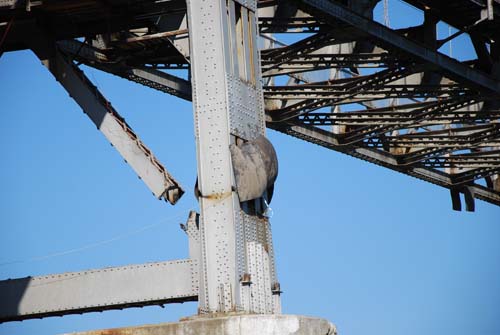
After that, it crumbled in a matter of seconds following a series of small, stregically-placed blasts (shown above). Notice in the picture that the charges were placed at points where the worknmen had cut struts and girders to weaken the points that would make the bridge fall to pieces most easily.
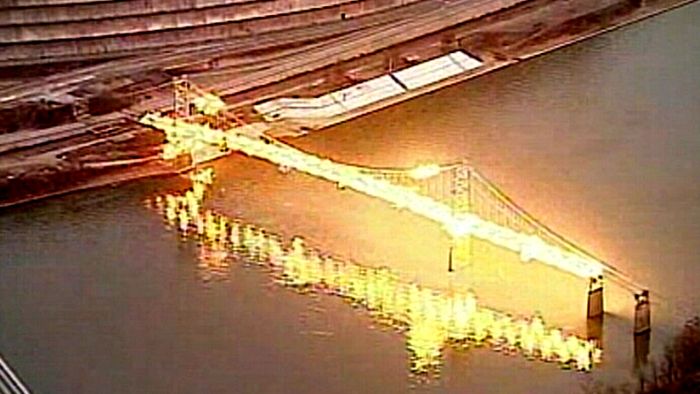
Then comes the big BOOM
The initial explosions cut the cables that suspended the bridge as well as a series of blasts which cut the bridge, itself into sections that could be more easily retrieved at cleanup time.
Then secondary charges on the towers blew them towards the sides of the river, where they would also be more easily retrievable. Right after the directing blasts, more blasts broke the towers into manageable pieces.
A spokesman for CDI said, "Basically what we're doing with the charges is just cutting the steel. We're using almost (them) like a remote torch but we'll be 500 feet away when we detonate it,"
Crews used 490 shaped charges and 153 pounds of explosives that had been strategically mounted in 136 locations all over the bridge.The following video shows the moment of demolition.
But then comes the clean-up.
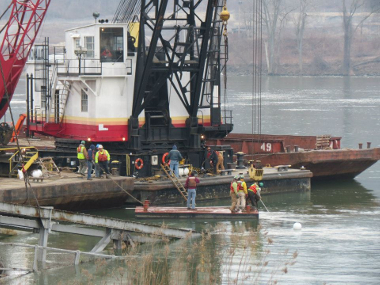
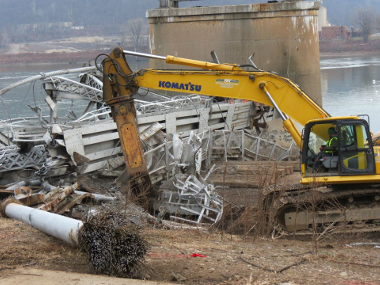
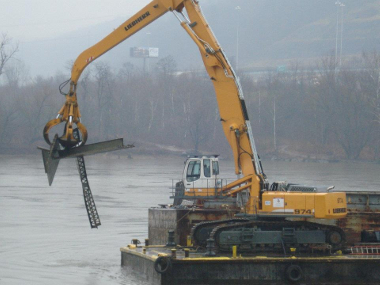
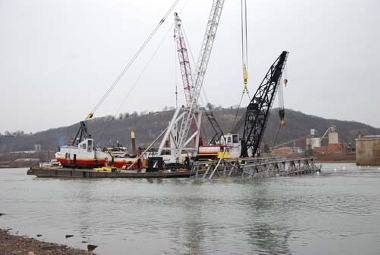
Crews from CDI had to then clean all the debris from the river and remove the parts of the bridge which had been on the land. Such a cleanup was not easy, but according to a spokesman from the Ohio Department of Transportation, the crew had the river passable to river traffic by nightfall that same evening.
FEEDBACK MAP
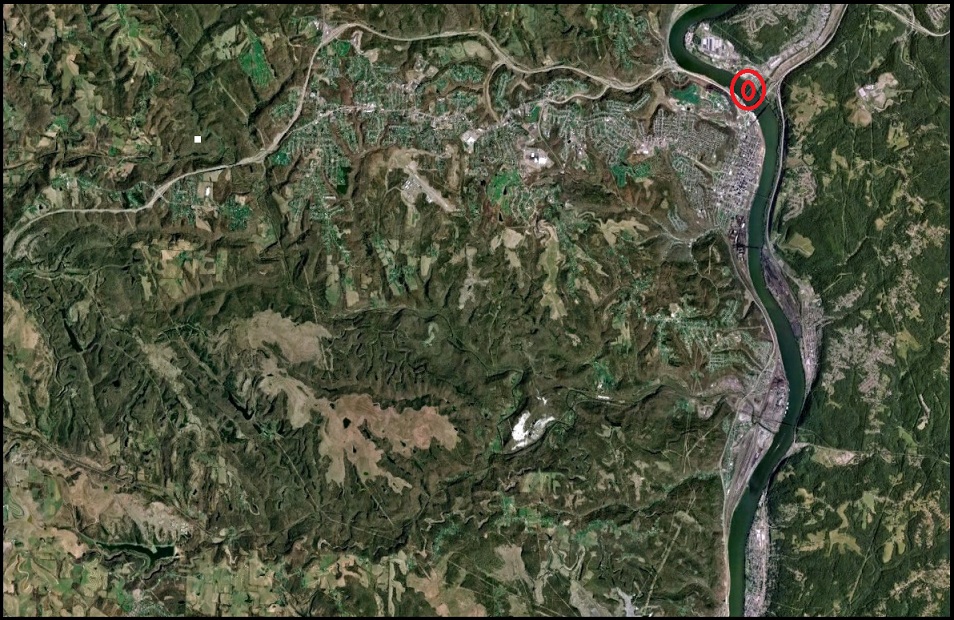
If you got perceptions for which this feedback is not sufficient, more feedback information, pictures, and videos are available at the following websites:
Controlled Demolition Inc. web site
TwentyTwoWords.xom
The Atlantic Cities web site
CityLab.com
Wikipedia
NBC News
Ohio Dept. of Transportation (data and pictures)
There are also many videos of this event on YouTube.com
Many thanks to Ray McClure for this target.
(Pictures and video courtesy of CDI and the Ohio Deptartment of Transportation)